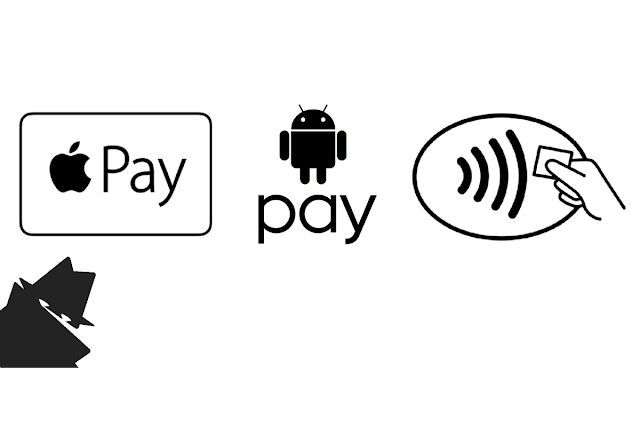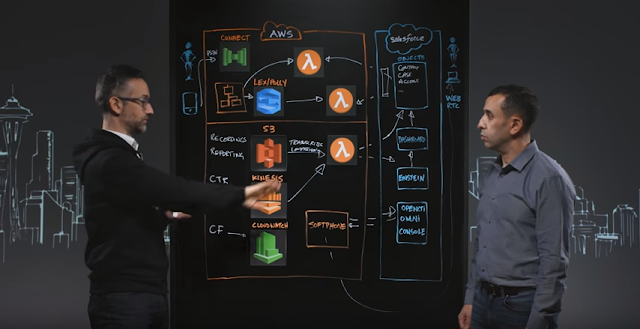The 5 Minute Guide to Bluetooth Beacons
This article covers the basics of Bluetooth LE and beacons, providing insight into what the companies like Apple, Google, Facebook, Twitter, and Samsung are doing with them.
The What
Bluetooth beacons, BLE beacons (short for
Bluetooth Low Energy) or simply just beacons, are devices
that periodically broadcast messages on frequencies between 2.402 GHz
and 2.480 GHz. The protocol used to transmit this radio message is Bluetooth
Low Energy. The Bluetooth LE protocol is part of Bluetooth 4.0. A smartphone,
tablet or computer supporting Bluetooth 4.0 will be able to listen and receive
the message being broadcast by a beacon.
The When
The Bluetooth LE technology was initially named
Wibree and was developed by Nokia in 2006. In 2010 it was adopted by the
Bluetooth governing body, Bluetooth SIG (Special Interest Group) and became
part of the Bluetooth 4.0 specification standard. The Wibree name was dropped
in favor of Bluetooth LE. Bluetooth LE is marketed as Bluetooth Smart.
Apple has supported Bluetooth 4.0 since the
iPhone 4s, 3rd gen iPad, and 1st gen iPad Mini. Samsung supported it since the
Galaxy S3, Note 2, Google since the Nexus 4, and HTC since the HTC One (M7). A
device from 2012 or newer, will most likely support Bluetooth 4.0 and can
detect and receive the messages being transmitted by a beacon.
The Where
If you have used any Bluetooth device such as a
speaker, headset, or smart watch, you will have gone through the struggle of
the pairing process and probably noticed drain on your battery life of your
smartphone or computer when connected to these devices. With beacons this will
not be an issue. A smartphone, tablet, computer or any device with Bluetooth
enabled can listen and received the message being broadcast by the beacon
without having to pair with it. This unilateral communication allows beacons to
use very little energy. There are numerous companies selling battery powered
Beacons that can be placed anywhere and work for years!
The Why
Allied Business Intelligence indicates that pure
beacon shipment revenue will exceed $1 billion this year and is expected
to grow exponentially with each coming year. The billion-dollar question
is why do beacons matter? Beacons matter because they enable devices and apps
to have an unprecedented level of contextual and proximity awareness. The
use of beacons will allow for innovations in many areas of our business and
personal life such as public safety, marketing, compliance, asset management
and manufacturing, because now you have the ability to trigger actions based
proximity. It's now possible to provide shoppers with
an interactive video of a product if they are standing in front of
it, or to prompt an employee to put on the necessary safety equipment before
entering a hazardous area, or to track a product as it moves from each
manufacturing stage in your facility, just some examples of the many use cases.
The Who (Apple, Google, Facebook, Twitter....)
Google and Apple have both established their own
protocol standards. The protocol standards dictate how to build and structure
the message being emitted by the beacon so that a listening device can
determine what type of beacon it is and the type of message it is emitting.
Apple's protocol standard, called iBeacon, (https://developer.apple.com/ibeacon/) was
released in June 2013. Apple was first to market such that iBeacon started to
become synonymous with Bluetooth beacons and BLE, even though use of the
iBeacon trademark is controlled by Apple and requires joining Apple's iBeacon program.
Google's protocol standard is an open standard
and called Eddystone (https://github.com/google/eddystone),
released in July 2015. Google was not the first to publish an open standard.
The honor goes to Radius Networks who released the AltBeacon (http://altbeacon.org/)
protocol standard in June 2014.
Both Apple and Google have only released protocol
standards and have left the manufacturing of Beacon hardware and creation and
implementation of customer solutions to other companies. Aislelabs has a great
article summarizing many of the Beacon hardware vendors such as Estimote in
this article (http://www.aislelabs.com/reports/beacon-guide/).
The article was written in March 2015, prior to the release of Google's
Eddystone, but it safe to assume most Beacon manufacturers will support the
Eddystone protocol.
The key difference between the two protocols are that
iBeacon is only officially supported by iOS devices and supports discovery of
messages and proximity ranging whereas Eddystone supports Android and iOS and
supports discovery of messages, proximity ranging and telemetry data (battery
life).
Facebook piloted a Beacon program for businesses
this January (https://www.facebook.com/business/a/facebook-bluetooth-beacons).
Businesses can request a Facebook Bluetooth beacons and place them in their
stores. When a customer enters a store and opens the Facebook app on their
device, they will see a Place Tips with information about the business. This is
extremely useful for all businesses but especially smaller businesses as it
doesn't require your customer to install another app on their device. People
are more likely to the Facebook app installed on their smartphone than the app
for a local bakery or flower shop. With the Facebook Bluetooth beacons this
hurdle is eliminated.
Twitter has not yet integrated beacons into its
app like Facebook, but in April 2015 invested millions of dollars in Swirl (http://www.swirl.com/).
Swirl is a company that provides a platform for retailers and advertisers, they
provide the beacons, customer app, web management and analytics. In April
2014 smartphone hardware giant Qualcomm spun off Gimbal which offers similar
services all in one package.
This is just a glimpse of the many established
companies entering the Beacon market and some of the great new companies being
created. Beacons will allow for amazing new level of contextual awareness, but
it is important to understand that a beacon is merely a tool, you will also need
people who ask the right questions, who establish an understanding of the objectives
of each party, and who collaboratively build a compelling solution
that is of value to you, your business, and your customers.




Comments
Post a Comment